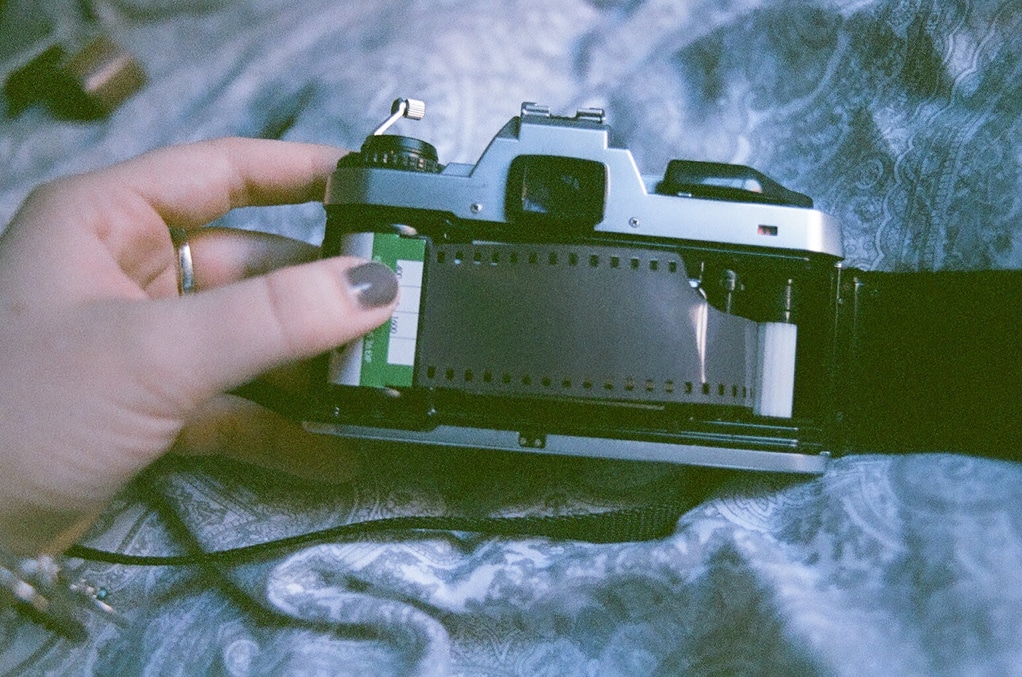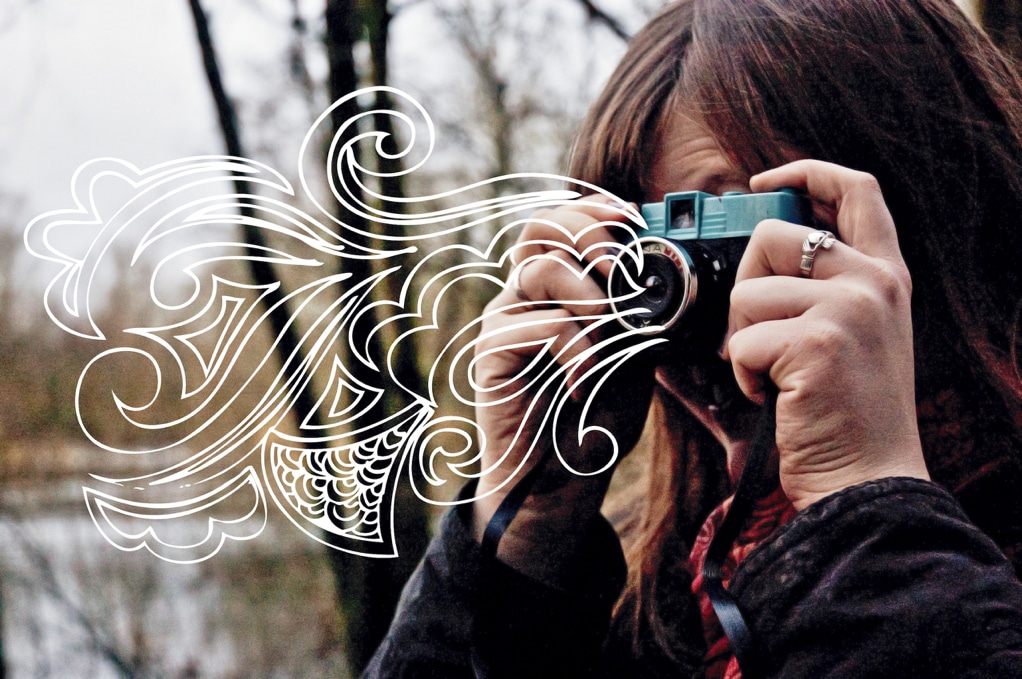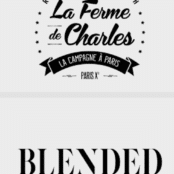
“Good artists copy. Great artists steal.”
This is a favorite quote of a designer I once knew. He would say it whenever someone would point out that his work looked similar to someone else’s. Some people say the quote is from Picasso. It might have been from T.S. Eliot. Someone stole it from somebody, that much is certain.
However, present this same designer with a mood board or a stack of magazines, and he would sniff that he didn’t work from others’ designs.
Clearly, some kind of line exists between stealing and inspiration. But where the hell is it?
Let’s establish boundaries first

Stealing someone else’s work is—cute sayings aside—bad. It’s unethical, it’s unprofessional, and it might win you a few bucks immediately but it’s damn sure not going to further your career. Why? Two reasons:
- You’ll probably get found out. The internet is amazing, and designers don’t like it when people steal their stuff.
- It doesn’t make you better at your craft. Relying on others’ skill obviously isn’t going to improve yours.
On the other hand, we all know that nothing happens in a vacuum. Creativity is a thing you have to feed. If you’re not reading about others’ work, seeing others’ work, you’ll exhaust your own creativity.
So if the takeaway is “don’t steal, just pay attention,” that should be easy. Right? Everyone knows the difference between stealing and admiring.
Ah. Maybe not. We should probably talk about that a bit more.
How to be properly inspired by someone else’s work

You know how not to steal, say, a car or another person’s drink at a bar. But if someone else’s amazingly awesome design work has been pinging around your brain for a week, how do you avoid regurgitating it as your own?
You’ve got this. If you love someone else’s work and you want it to influence your own without stealing their idea, give this a shot:
- Start doing it. Get out some paper, get out your tablet, and get that idea—that might be someone else’s—out of your brain.
- Zone in on what you like. Try to isolate the elements you particularly like about this other work. Is it the color palette? The composition? The awesome hand lettering? Take that part and work with only that for a few minutes.
- Don’t put it online yet. Whatever you just created, let that sit for a while. You need to process this without the help of the internet. Sleep on it if you can, and come back with fresh eyes.
- Compare it to other work you’ve done. Does your tone carry over? Is your personal style evident across your portfolio, or does the new work look out of place?
- Bring in a peer. Preferably a friend (your risky, chance-taking new experiment will thank you), but definitely a fellow designer. Show them the original work that blew your mind, then show them your inspired project. Ask what differences and similarities stand out to them.
- Look at MORE work from yet another designer. Push your design by seeking out other designers and examining their work before you finalize your new project. What speaks to you from other designers that complements what you’ve already created?
- Refine, refine, refine. This is where you make this idea yours. Twist, turn, rearrange—what’s important is that you spend some extra time here. The sooner you show this work to the world, the more it’ll reflect the original inspiration instead of your own style.
- Credit your inspiration. This is the reason many artists started watermarking and gating their content in the first place—they want to be recognized for their hard work. So if you’re taking part in a design trend or recreating something you found elsewhere, cite your inspiration. The original artist is more likely to feel appreciated—instead of ripped off—if you give them a shoutout.
Not so very difficult, right? Be self aware about what draws you to someone else’s work, isolate what feels true to your style, and create with confidence.






Comments ( 4 )
binance kod
August 2, 2025
Your article helped me a lot, is there any more related content? Thanks!
ew1at
July 7, 2025
how to buy amoxil - comba moxi amoxil buy online
William Hill
March 8, 2016
Great post, thanks for sharing!
Hunter
March 13, 2015
As designers, it is natural to admire other people's work and to some degree it is inevitable that what we admire will shape our design style. Maybe I'm alone, but my design style has been heavily influenced by the people I have followed, read, studied, etc. but I do try to add my own flare or interpretation if you will. For me, I have a tendency to see something "cool" and jump on that bandwagon and can't get it out of my mind until I experiment with it. The steps you gave above were helpful ideas for releasing that ha! Thanks! Thought provoking article! :)